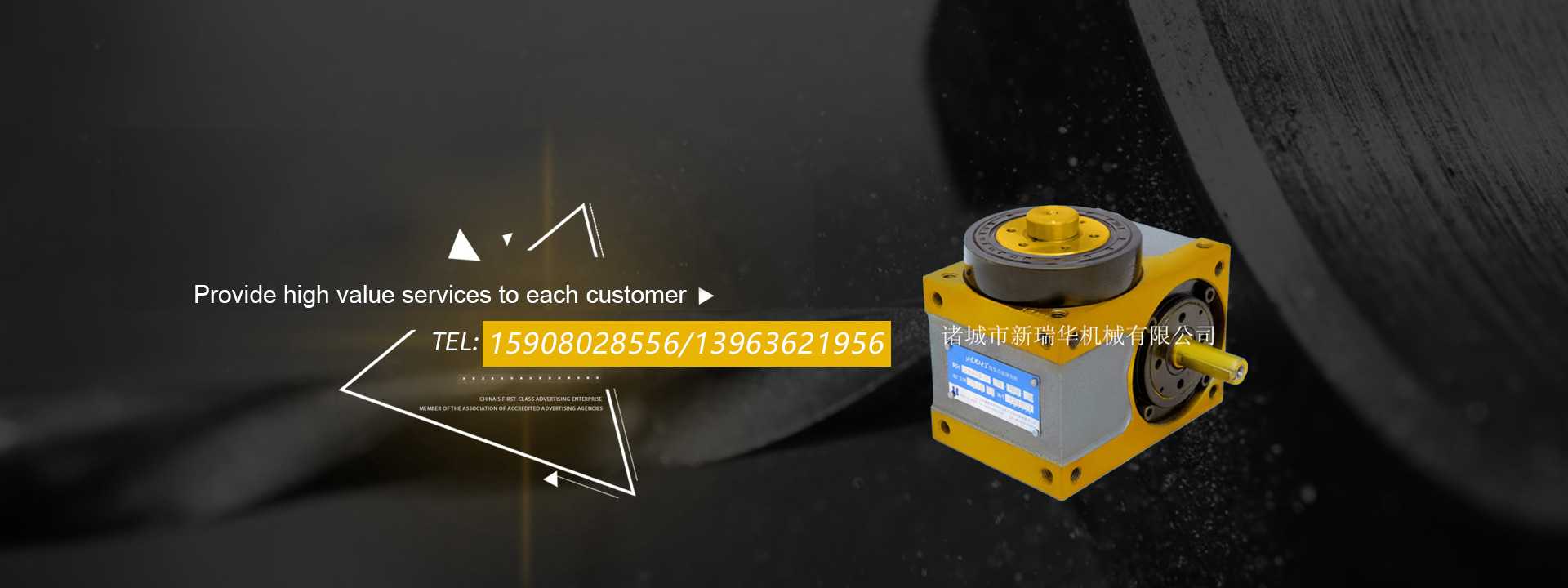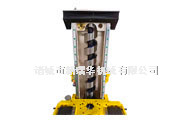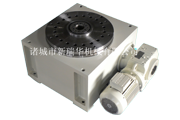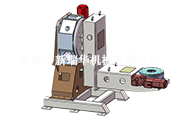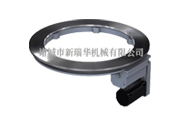What are the common rotary support positioners of positioners?
At present, the welding robot industry in our country develops rapidly. In order to give full play to the role of the robot, it is necessary to use the rotary support of the positioner. Now it has been developed into a welding positioner, which has a welding robot. In order to play a greater role in the welding robot workstation, the standardized design of the positioner has become an important means and development trend to shorten the processing cycle of the entire robot welding workstation.
At present, the rotary support of welding positioner used with welding robot has many structural forms. Common types of locators are described below:
1. Single-axis reversing positioner rotation support
The positioner is driven by a servo motor or an ordinary motor. Usually the rotation speed of the workpiece is adjustable. Its function is to cooperate with the welding robot to rotate the workpiece on the fixture to a certain Angle according to the predetermined program to meet the welding requirements and ensure the welding of the workpiece. Quality. The single-axis rotary positioner is widely used in welding robot workstation.

2. Single-axis cantilever positioner
The positioner is driven by a servo motor. Usually the rotation speed of the workpiece is adjustable. Its function is to cooperate with the welding robot to rotate the workpiece on the fixture to a certain Angle according to the predetermined program, so as to meet the welding requirements and ensure the welding quality of the workpiece. This positioner is suitable for small welding stations, saving space, and can realize the efficient production of two positioners per robot.
3, single-axis horizontal rotary positioner rotary support
The rotary support of the positioner is suitable for welding small workstations and small workpieces. It can achieve ±180° horizontal rotation, meet the requirements of workpiece welding, and ensure the quality of workpiece welding.
4, double axis standard positioner
The two axes of the positioner are driven by servo motors. When the welding fixture is turned over, it can also realize the horizontal rotation of ±180°, which greatly improves the working space of the robot and the coordination ability with the fixture. The robot's welding posture and weld quality have been greatly improved. This type of positioner is suitable for small welding stations and is often used for welding small workpieces, such as silencer tailpipe, oil tank and other workpieces.
5, L-type two-axis positioner
The two axes of the positioner are driven by servo motors. The welding fixture can be turned over or rotated ±180° horizontally, which greatly enhances the coordination between the robot and the fixture, and the robot welding posture and welding quality are very good. Great progress. The bearing capacity of this type of positioner is larger than that of the above two-axis standard positioner, and the turnover Angle of the first axis is also large, which is suitable for welding larger workpieces. The L-type two-axis positioner is an upgrade of the two-axis positioner.
6. C-type two-axis positioner
The principle of the positioner is similar to that of the L-type two-axis positioner, but the upper end of the second shaft is fixed with the fixture, and the rotary support is synchronized with the motor drive end. The first axis reduction ratio of the C-type two-axis positioner is large. In terms of structure, its bearing capacity is much greater than that of L-type two-axis positioner. Heavy-duty welding fixtures are generally selected.




